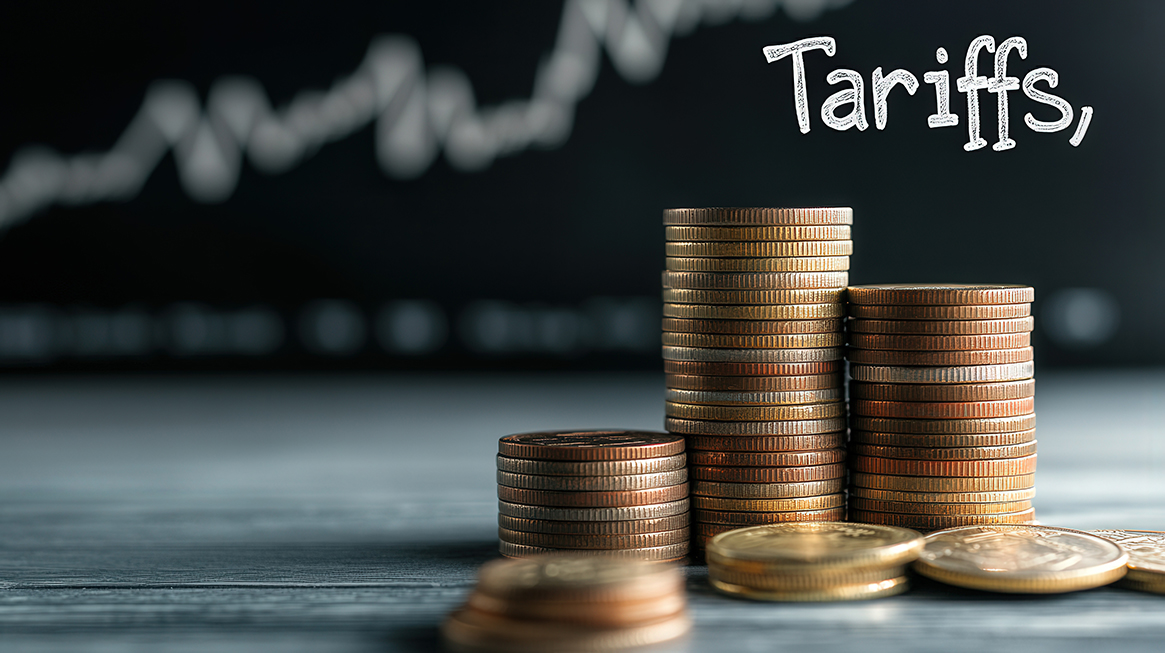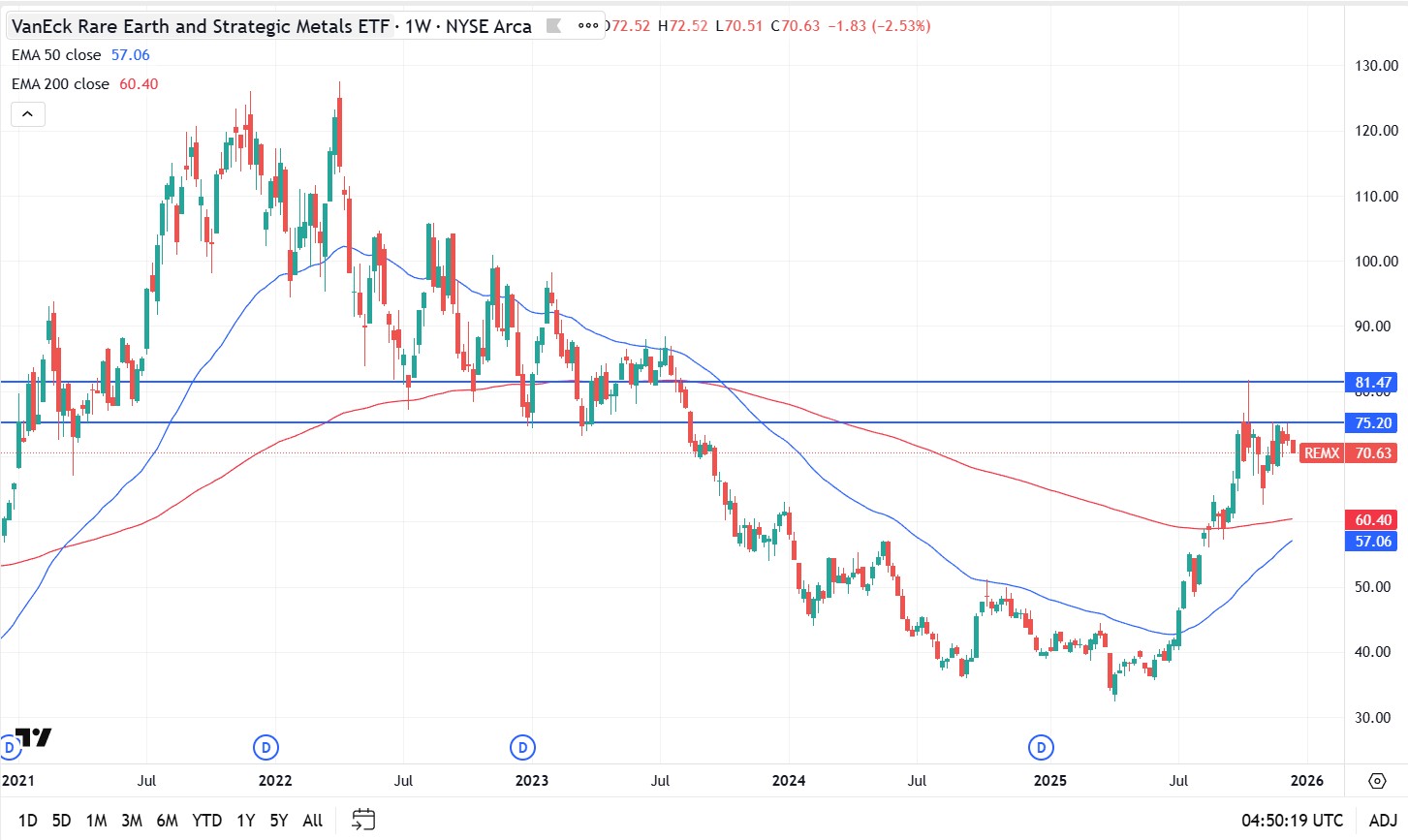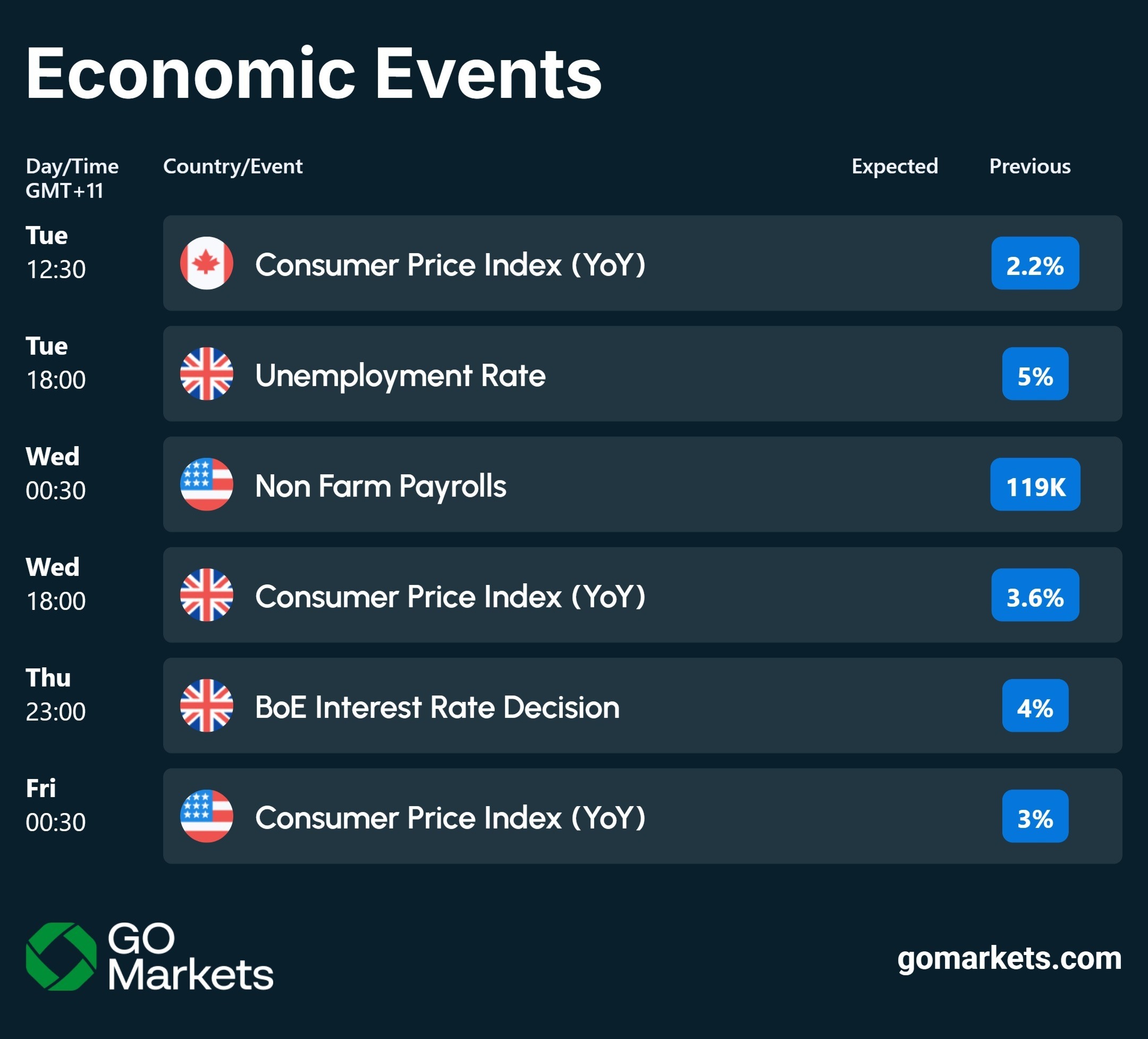Copper is a crucial industrial metal, often seen as a barometer of global economic health. Therefore, movements in copper price are not only interesting to buyers/sellers of copper related assets, but also the market as a while. Its pricing is influenced by a complex interplay of supply and demand dynamics, macroeconomic conditions, and geopolitical factors.
As we move through 2025, various factors are shaping the outlook for copper prices, both in terms of headwinds that could suppress prices and tailwinds that may drive them higher. This article aims to summarise these key influences and offer some insight into what could happen next with the “king of base metals”. How is Copper Priced?
Copper prices are primarily determined by the London Metal Exchange (LME) and COMEX (Chicago Mercantile Exchange), where futures contracts set benchmark pricing. Several factors influence these prices of which the following five have most impact, Supply and Demand Fundamentals – The balance between mining production and industrial consumption directly impacts copper prices as with all metals. A surplus of supply, compared to that which is expected, typically results in lower prices, while deficits drive prices higher.
Demands on copper are driven not only by manufacturing activity directly but factors that may influence this either directly or indirectly. Macroeconomic Conditions – Economic growth, particularly in major industrial nations, fuels demand for copper in construction, manufacturing, and technology sectors. A slowdown can lead to reduced demand and lower prices.
Trade and Geopolitical Factors – Government policies, tariffs, and trade restrictions influence global copper flows. Political instability in key producing regions can cause price volatility. Market Speculation – Hedge funds and institutional investors frequently trade copper futures, leading to price fluctuations based on speculative trends rather than fundamental supply-demand factors.
Currency Movements – The U.S. dollar’s strength or weakness significantly affects copper prices. A strong dollar makes copper more expensive for non-dollar buyers, suppressing demand, whereas a weaker dollar can boost copper purchasing power internationally. Current Copper Price Trends and Forecasts Copper prices have experienced notable volatility in early 2025, influenced by macroeconomic developments and industry-specific factors.
As of February 2025, key price forecasts and trends include: Cochilco (Chilean Copper Commission) projects an average copper price of $4.25 per pound ($9,370 per metric ton) for 2025, driven by supply constraints and steady demand. Goldman Sachs has revised its copper price forecast downward from $15,000 to $10,100 per metric ton ($6.85 per pound), citing weaker-than-expected Chinese demand, particularly in the construction sector. Analysts' Consensus: Despite a relatively wide variance in thinking, c opper prices are expected to rise around 3% in 2025, though risks remain due to macroeconomic uncertainties, supply chain disruptions, and fluctuating demand in key markets.
Stock Levels and Supply Trajectory Global copper stock levels are a key indicator of market balance. LME Copper Stocks: Recent reports indicate a decline in LME copper inventories, which had dropped to approximately 110,000 metric tons in early 2025. This suggests tightening supply conditions, which could push prices higher if demand remains strong.
Shanghai Futures Exchange (SHFE) Stocks: Stock levels have remained relatively stable at around 160,000 metric tons, but these reserves could trend lower if China’s industrial demand rebounds more strongly than expected. Global Supply Trajectory: Declining ore grades, unexpected production halts, and political instability in key producing countries are creating a supply squeeze. Mining operations in Chile and Peru, which together account for over a third of global copper output, have reported disruptions due to labour strikes and environmental regulations.
Major Copper Producers and Users Some knowledge of the major countries that both mine copper and use copper is a key part of quick recognition of potential alterations in any current supply and demand trajectory as events and changes in policy may have a profound impact on either, and of course for those countries who export copper, any change may have broader economic consequences. Top Copper Producing Countries Chile – The largest global producer, responsible for ~27% of world output. Major companies include Codelco, Antofagasta, and BHP.
Peru – Supplies approximately 10% of global copper, with key producers like Southern Copper and MMG contributing significantly to global supply. China – Although a major importer, China also has significant production capacity and is expanding domestic mining operations. United States – Copper production from Arizona, Utah, and New Mexico helps meet domestic demand, though reliance on imports remains high.
Democratic Republic of Congo (DRC) – Rapidly expanding production, largely driven by investments from Chinese companies, has made the DRC a key global supplier. Top Copper Consuming Countries China – The largest consumer, accounting for ~50% of global demand, with high usage in infrastructure, electrical grids, and consumer electronics. Alterations in economic health and growth can have significant impact not only regionally, but globally, in terms of copper pricing United States – Strong demand from construction, defence, and renewable energy projects continues to drive copper consumption, although the latter in the medium term may reduce due to a policy shift in sourcing energy from the new administration European Union – Major economies like Germany, France, and Italy are key consumers, particularly in automotive manufacturing and industrial production.
Japan & South Korea – Heavy usage in semiconductor production, automotive industries, and advanced manufacturing. Tailwinds: Factors Supporting Increased Copper Prices Several key factors are expected to provide support for copper prices in 2025: Energy Transition & Green Technology The growth of electric vehicles (EVs), solar energy, and battery storage solutions is boosting long-term copper demand. Despite a potential pullback in US investment in renewable energy projects there is little slowdown elsewhere with other economies at this stage, Government policies supporting the shift to clean energy infrastructure in the decades ahead are increasing the need for copper wiring and components.
Infrastructure Spending Massive investments in transportation, power grids, and urban development in the U.S., China, and Europe are pushing demand higher. The electrification of rural areas and expansion of broadband networks further contributes to increased copper consumption. Supply Constraint Mining disruptions due to labour strikes, environmental concerns, and logistical issues in South America are tightening supply.
Although copper is re0usable as a commodity, recycling programmes are anecdotally not bringing supply levels higher to significantly impact on price (although companies involved in such activities are logically likely to be beneficiaries). Declining ore grades require higher investment in extraction and processing, which could drive costs and prices higher. Global Economic Recovery The global economy continues to stabilise, after what seems like a prolonged period of concerns about recession, and central banks generally loosen interest rate policy further.
Both of these support a probability of industrial production and construction activity resurgence, leading to stronger demand for copper-based products. Headwinds: Risks and Challenges for Copper Prices Despite these positive factors, several risks could weigh on copper prices: China’s Slowing Demand The country’s struggling real estate sector and slower-than-expected industrial recovery are reducing copper imports. To date a lack of aggressive stimulus from Beijing could keep demand lower than forecasted although market leaders are suggesting that further stimulus is inevitable throughout 2025.
Whether there is a more proactive approach than there has been so far remains to be seen but is news worth keeping an eye on over the course of the next few weeks and months, Trade Policy and Tariffs The U.S. has imposed new tariffs on Canada, Mexico (although these have been paused for the interim), and China, increasing uncertainty in the global copper market. With Europe and other economies in the Trump administration crosshairs, the inflationary impact on the US and the likelihood of retaliation high, these could both impact on economic growth and disrupt copper supply chains and alter trade flows. Stronger U.S.
Dollar A rising dollar makes copper more expensive for international buyers, potentially leading to lower global demand. The USD has seen a pullback recently but with the obvious impact of inflation and subsequent pausing in interest rate cuts likely (currently no rate cut is expected in the US until May at the earliest), a bullish UDS could return. Substitutes & Technological Advances Innovations in aluminium wiring, superconductors, and alternative materials could reduce copper’s dominance in key industries.
A detailed discussion on this is beyond the scope of this article but those interested in a longer term position in copper related assets would be well advised to explore this further. Summary Copper prices in 2025 are expected to remain volatile, shaped by a mix of bullish and bearish factors. While supply constraints and growing demand from green energy initiatives may provide upward pressure, economic uncertainty, trade policies, and a potential slowdown in Chinese consumption pose risks.
Our feeling, in light of this discussion above, is the bullish case slightly outweighs the impact of headwinds but this may be fragile for the next quarter whilst the impact of a new US administration and global growth prospects for the year become clearer. Whether you are a copper futures CFD trader, investor in copper related stocks or simply someone who recognises the importance of copper of investment strategies as a whole, logically you should closely monitor global economic trends, mining output levels, stock inventories, and policy changes that could impact the copper market in the coming months. Of course feel free to tune into constant updates at our regular market updates and education sessions.














.jpg)
